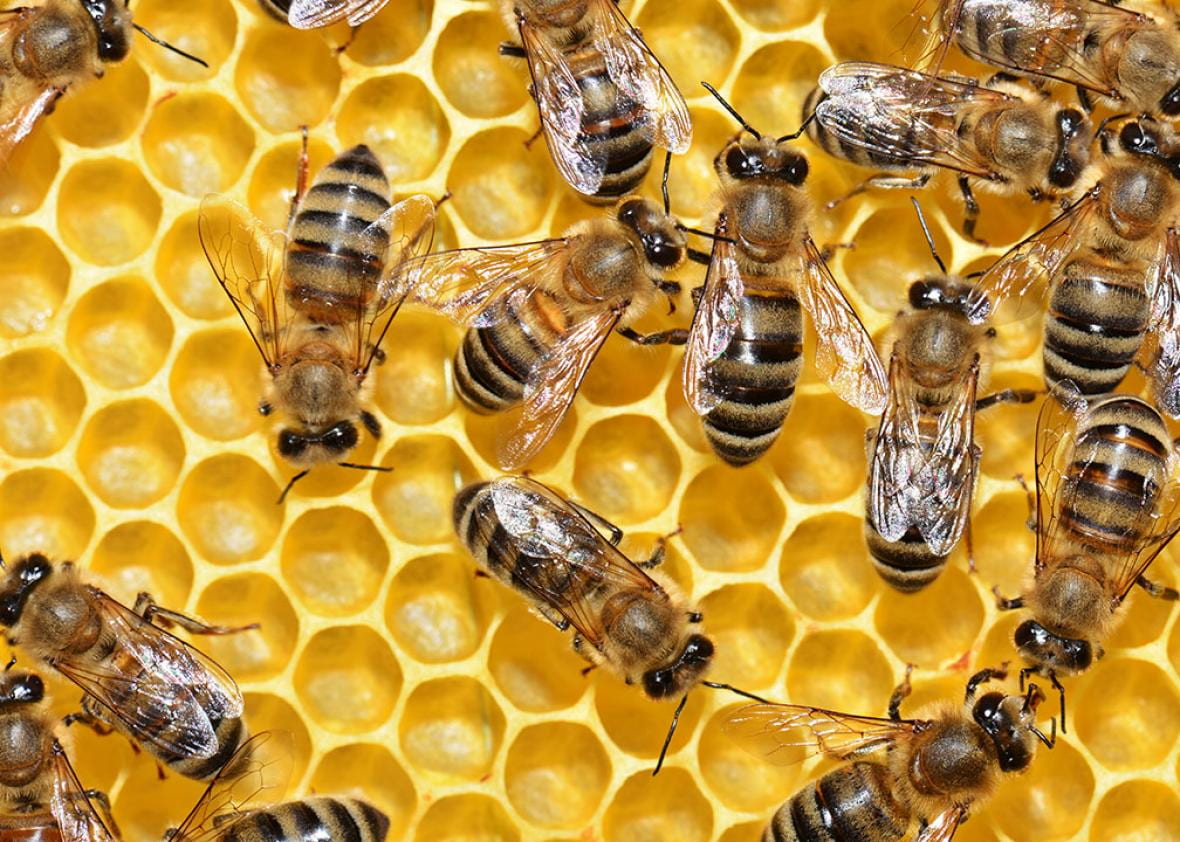Ana Cedeno
Staff Writer
Scientists have found some good news about the study of bees recently. In recent studies, the number of honeybees has been found to have risen in the last year. According to a honey bee health survey, colony numbers have risen by three percent.
This is especially good news after honeybees were found to be dying off at an alarming rate in the last couple of years. According to an article by The Washington Post, bees saw a ninety percent decline in population in the last two years prior to their comeback.
This is a big deal, since bees contribute to our agriculture. Scientist were concerned about the decline in bee population since, without bees we have no way to pollinate our crops. The greatest danger about bees is that without them our food industry will collapse.
Bees pollinate not only flowers but our crops for fruits and vegetables. What’s more, bees don’t just pollinate food we eat directly, they also help the foraging crops we use to feed the livestock we depend on for meat consumption.
In short, bees put everything on our plates, they pollinate on a commercial scale. Without them, we’re screwed.
The growing decline of bees until this year can be attributed to a number of factors. Perhaps the main one is colony collapse disorder. CDD, as it’s been called, is a phenomenon, and happens when drone bees leave the hive and don’t come back.
This leaves the queen bee and the larvae alone to fend for themselves. Drone bees are needed to get food for the hive, so once they started leaving the colony fell apart and the queen and remaining bees die off. CDD has been happening for decades, but since 2007, it’s skyrocketed and with it, bee population declined.
More than ten million beehives across the world were reported to have died between the years 2007 and 2013. Beekeepers -and farmers, as well as the public who buys their food- became concerned and mentioned pesticides might be a contributing factor.
It is said that the rise in bee population is due to beekeepers breaking up their hives. This however, puts the bees at risk for other dangers such as mites.
New studies have found Varrora mites, which survive by sucking insect blood and contribute to the loss of bess, is still a present danger.
“You create new hives by breaking up your stronger hives, which just makes them weaker,” said Tim May, a beekeeper from Harvard Illinois, in an article by Bloomberg. “We check for mites, we keep our bees well-fed, we communicate with farmers so they don’t spray pesticides when our hives are vulnerable. I don’t know what else we can do.”
Despite this grim side to it, the rise in population of honeybees brings optimism, and a belief that we’re on the right track. The E.P.A. is currently studying neonicotinoids, a chemical often found in pesticides.
The department is considering banning pesticides in areas where bees have been brought up to repopulate. Neonicotinoids have been found by studies to be linked to shorter life spans in Canadian and European Bees.
While it is ultimately impossible to figure out if the rise in bee population will continue, scientist and the public alike certainly hope that they do.
The only thing we can really do is take the necessary measures to help the fuzzy arthropods along and hope for the best.
